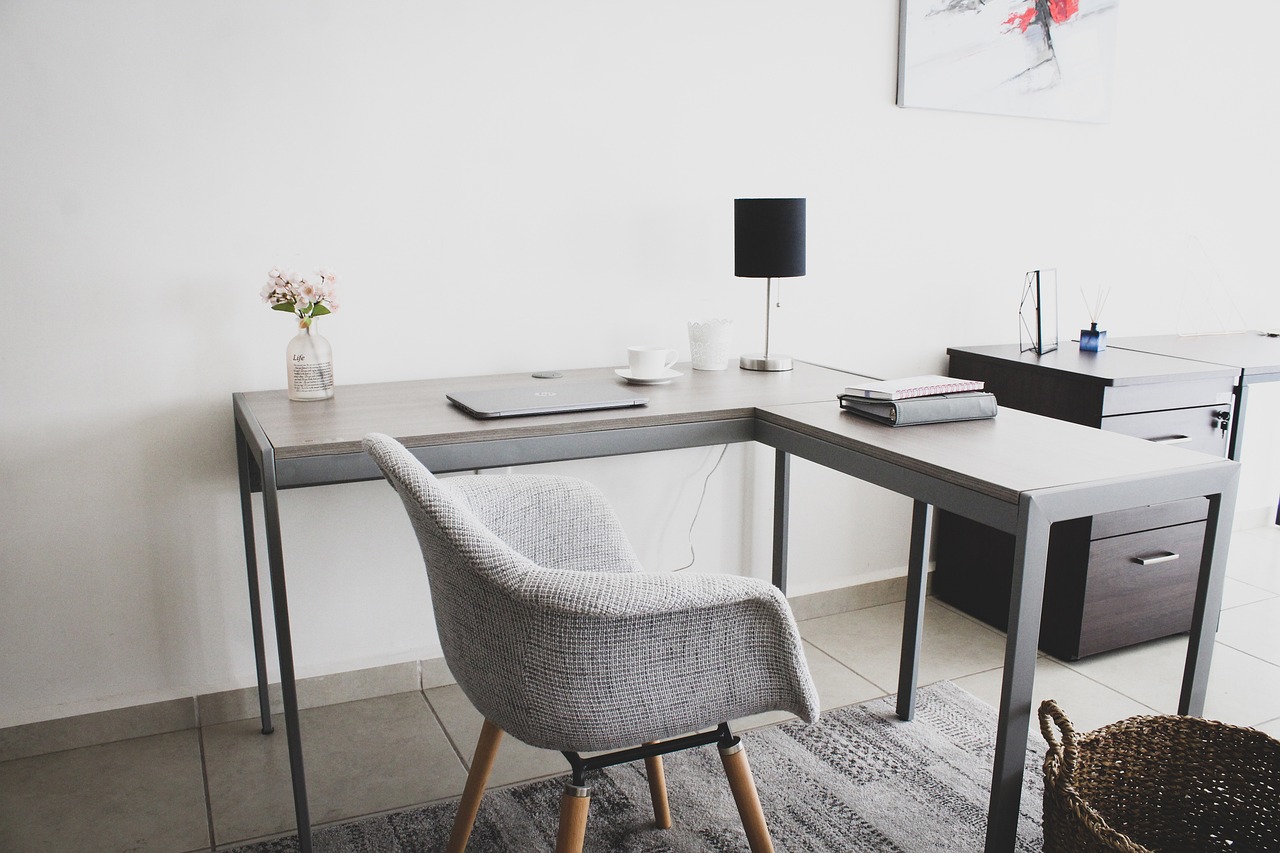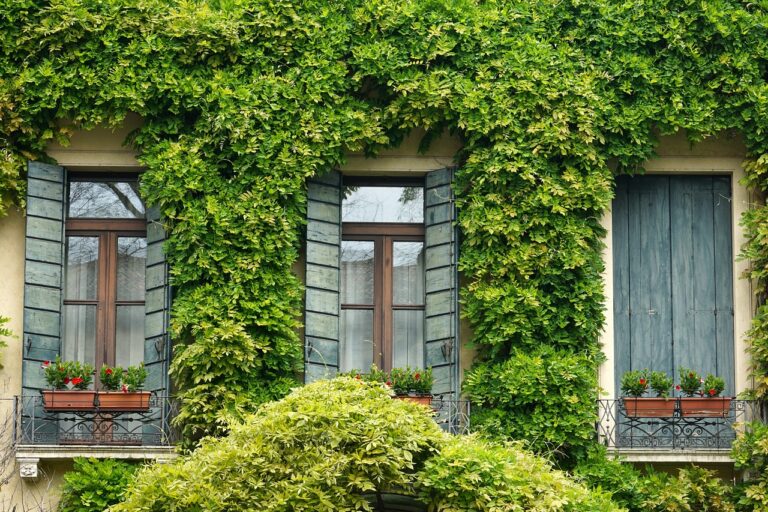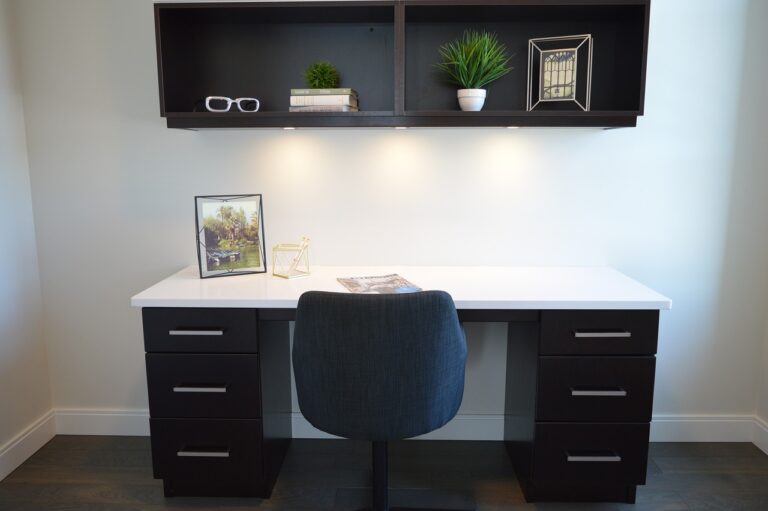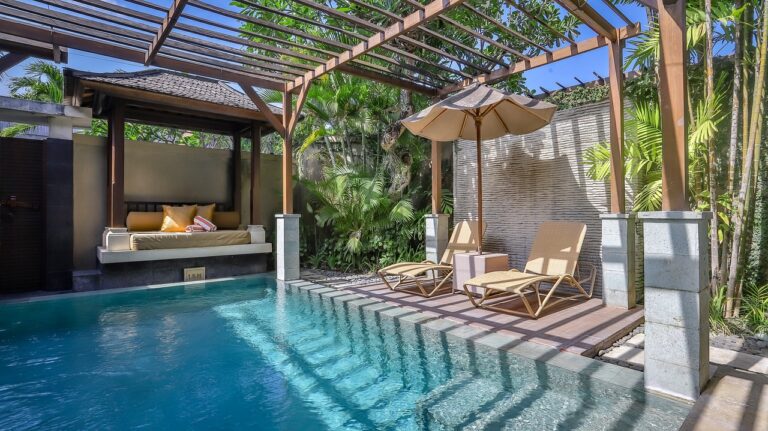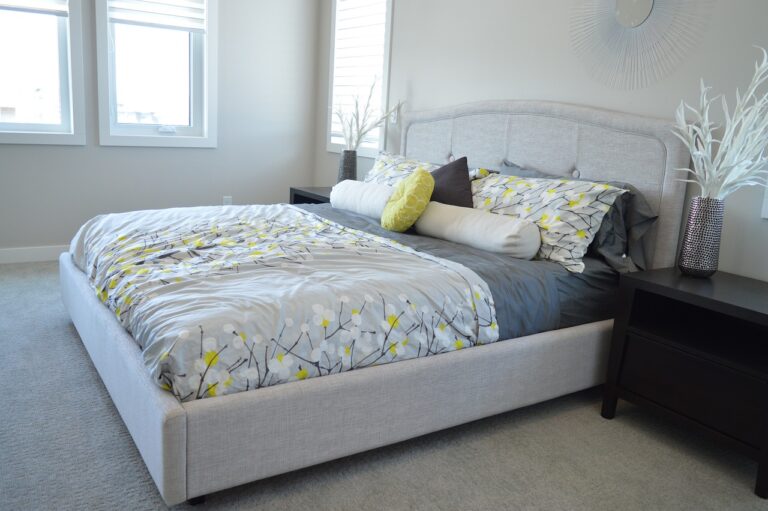Incorporating Art Nouveau Design into Your Home: Organic Forms and Ornate Details
Art Nouveau emerged in the late 19th century, most prominently in Europe, as a reaction to the Industrial Revolution. The movement aimed to break away from the mass-produced, mechanized designs of the era and instead promote intricate craftsmanship and the integration of art into everyday life.
Characterized by its flowing, organic forms inspired by nature, Art Nouveau was influenced by a variety of sources including Japanese prints, Celtic patterns, and the curvilinear shapes of plants and flowers. Artists and designers sought to create a harmonious and decorative style that could be applied to architecture, furniture, jewelry, and everyday objects. The movement had a lasting impact on design, paving the way for modernism and influencing generations of artists and designers to come.
Art Nouveau emerged in the late 19th century as a reaction to the Industrial Revolution
The movement aimed to promote intricate craftsmanship and integrate art into everyday life
Characterized by flowing, organic forms inspired by nature
Influenced by Japanese prints, Celtic patterns, and plant shapes
Artists sought to create a harmonious and decorative style for various objects including architecture, furniture, and jewelry
Key Elements of Art Nouveau Design
Art Nouveau design is characterized by its intricate and flowing lines, inspired by the natural world. One of the key elements of Art Nouveau is the use of organic forms such as flowers, peacock feathers, and insect wings in the design motifs. These elements are often stylized and abstracted to create a sense of harmony and unity in the overall composition.
Another important element of Art Nouveau design is the use of asymmetry and dynamic movement. This design style often features asymmetrical compositions that create a sense of movement and rhythm. By incorporating flowing lines and curves, Art Nouveau designs evoke a sense of vitality and energy, capturing the essence of nature’s ever-changing forms.
Choosing Colors for an Art Nouveau-Inspired Home
When selecting colors for an Art Nouveau-inspired home, it is essential to consider the rich and vibrant hues that are characteristic of this design style. Deep, jewel tones like emerald green, sapphire blue, and amethyst purple are quintessential choices for creating an opulent and luxurious feel in your living spaces. These colors can be used on walls, furnishings, and decor accents to evoke the lavish and intricate motifs often found in Art Nouveau design.
In addition to jewel tones, incorporating earthy tones such as warm browns, terracotta, and olive green can add depth and balance to your Art Nouveau-inspired color palette. These natural hues complement the bold jewel tones beautifully and can help create a harmonious and inviting space. Consider using these earthy tones for accent walls, textiles, and upholstery to infuse your home with a sense of warmth and comfort.
What are some common colors used in Art Nouveau design?
Common colors used in Art Nouveau design include earthy tones like olive green, mustard yellow, rich browns, and deep reds, as well as pastel shades like soft pink, lavender, and light blue.
Are there any guidelines for choosing colors for an Art Nouveau-inspired home?
When choosing colors for an Art Nouveau-inspired home, it’s important to consider the overall aesthetic of the movement, which often features organic shapes, intricate patterns, and natural motifs. Stick to a palette of rich, vibrant hues and soft, muted tones to create a cohesive look.
How can I incorporate Art Nouveau colors into my home decor?
To incorporate Art Nouveau colors into your home decor, consider using them in wall paint, furniture upholstery, rugs, curtains, and decorative accents like throw pillows, vases, and artwork. Opt for patterns inspired by nature, such as floral motifs, flowing lines, and geometric shapes.
Can I mix and match different Art Nouveau colors in my home?
Yes, you can mix and match different Art Nouveau colors in your home, but it’s important to maintain a sense of balance and harmony. Consider using a dominant color for larger pieces of furniture or walls, and accent with complementary hues for smaller items like pillows or accessories.

